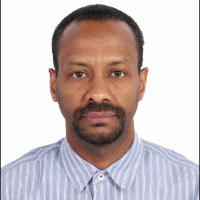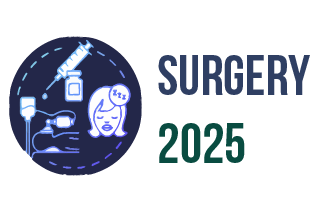Surgery 2025

CMED Qatar University, Qatar
Title : Anaesthesia for Shoulder Surgery
Abstract:
Shoulder surgery is a common procedure performed in daily basis. Patients who present for shoulder arthroscopy procedures are of different age and associated comorbidities. Traditionally these procedures are performed under general anaesthesia, however this is associated with periods of hypotension, which become problematic in particular as the patient is placed in the classical beech chair position and as such brain perfusion may become compromised. Interscallene brachial plexus block has become a popular substitute to general anaesthesia for shoulder surgery as it avoids hypotension and offer excellent analgesia. Interscallene block is commomly performed using ultrasound technology as a nerve localizing technique. To perform these procedures, anaesthesiologists need to become competent in variety of skills related to acquiring ultrasound image, directing needle to brachial plexus and depositing local anaesthetics. In addition to training limitations, other side effects also limit the use of interscallene brachial plexus block in particular phrenic nerve palsy and as such careful patient selection and risk benefits assessment are important factors to consider prior to deciding about the best mode of anaesthesia for shoulder surgery
Biography:
Dr Osman Ahmed is an assistant professor of Anesthesiology at CMED Qatar University and Al Khor Hospital HMC. He is a fellow of the College of Anesthesiologists in Ireland and completed fellowship program in ultrasound-guided regional anesthesia at Cork university hospital. Subsequently, he worked with Professor George Shorten and Professor Anthony Gallagher at University College Cork where he completed MD research program in 2017. Dr Ahmed’s thesis was based on simulation training for Procedural skills. Currently, his research interest includes the use of virtual reality in training procedural skills, curriculum development and validation of assessment tools.
